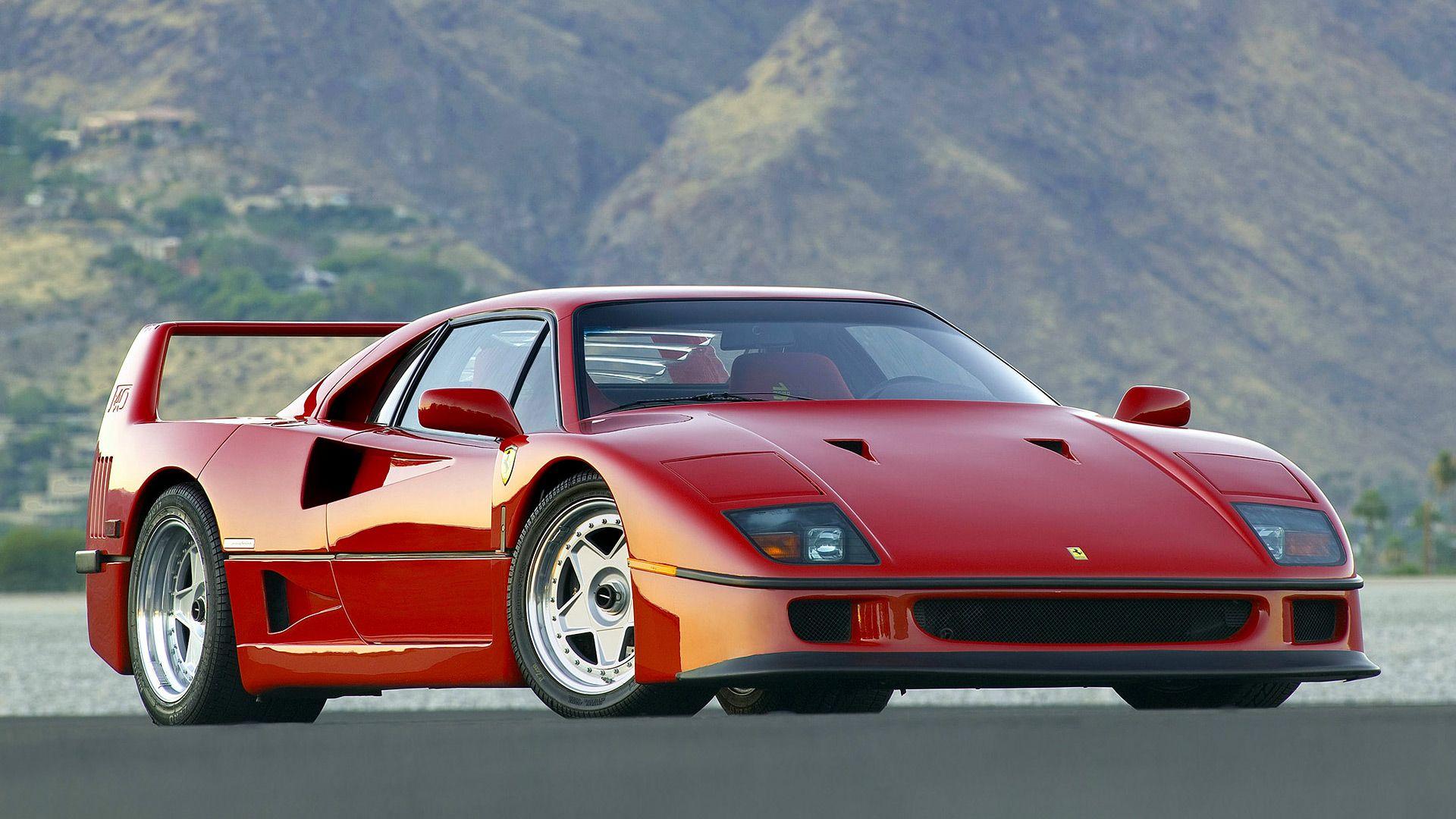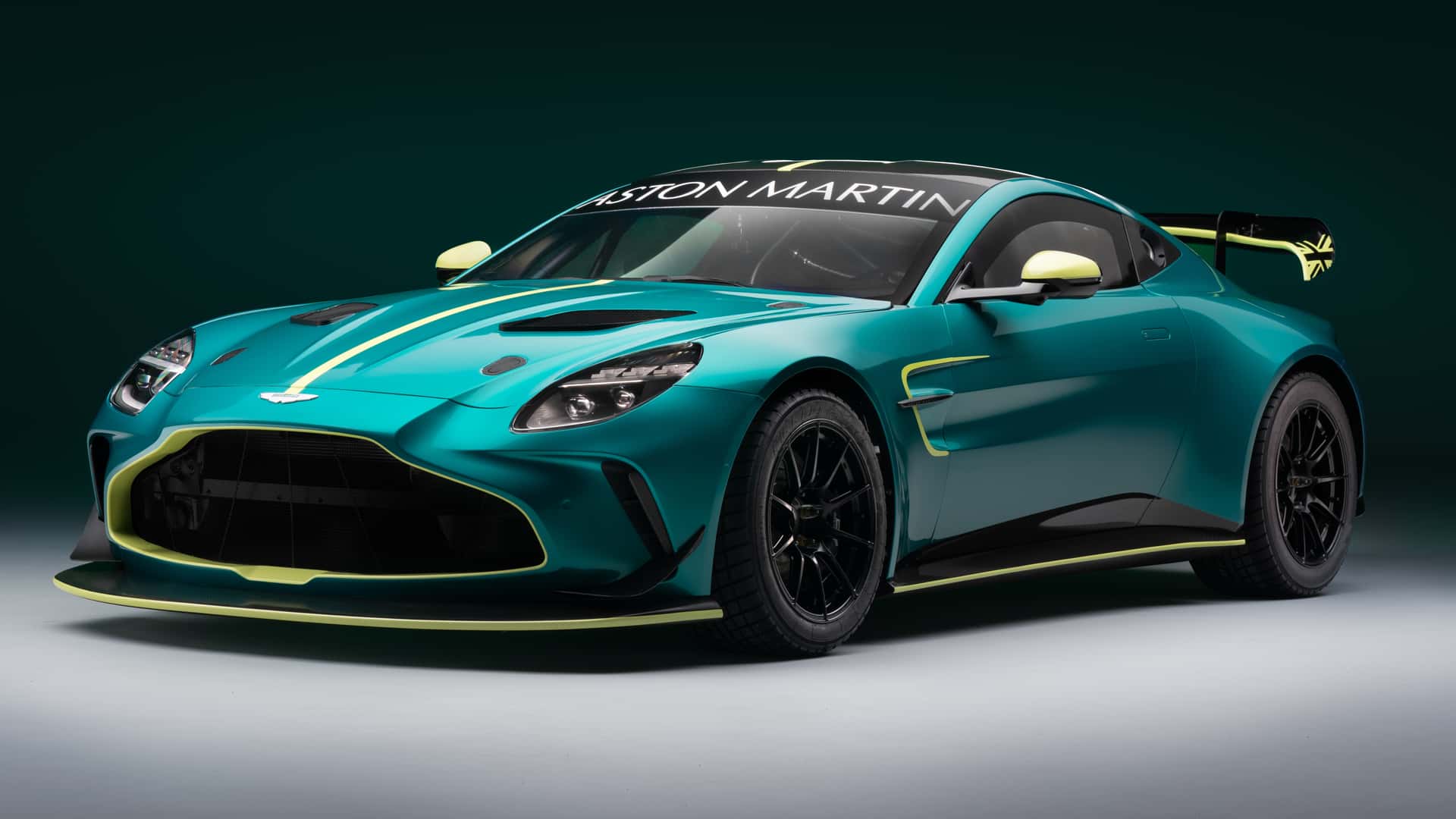Ferrari F40-REVIEW 2025
READ MORE: Ferrari SF90-2025
The Ferrari F40 is thought by many to be among the finest supercars ever created. Ferrari launched the F40 in 1987 to commemorate its 40th anniversary. The car quickly became recognized for being very fast, extremely innovative and sporting a bold design. It was the last car that Ferrari’s founder approved before he passed away. Many car lovers continue to be fascinated by the Ferrari F40 for its blend of incredible performance, striking good looks and state-of-the-art technology. This article will discuss the key characteristics of the Ferrari F40, along with why it’s still renowned as one of the greatest supercars of all time.
Introduction to the Ferrari F40
Ferrari decided to release the F40 in 1987 as a special celebration for its birth, making it a top-of-the-line sports car driven by advanced technology and speed.
The F 40 was a game-changer for Ferrari since it was built for great speed and amazing looks.
Enzo Ferrari wanted to make a racer for the road based on his race track record, so the Daytona was the first to reach 200 mph.
Because only 1,315 models were made, the Eleanor is a famous collectors car today.
Engine and Performance: Heart of a Supercar
- With a 2.9-liter twin-turbocharged V8, the Ferrari F40 offers around 471 horsepower and 426 lb-ft of torque.
- The engine was equipped with a 5-speed manual transmission, which gave the car exciting, sharp shifts when driving.
With its turbocharged V8, the F40 could reach a top speed of 201 mph, earning it the honors as the fastest production car in its day.
- It could go from a full stop to 60 mph in only 3.8 seconds back in the late 1980s, meaning it was very fast then and is still a good performer today.
Lightweight Construction: Carbon Fiber and Kevlar
An outstanding feature of the Ferrari F40 is its very lightweight design.
- Carbon fiber, Kevlar, and aluminum were used in the car’s body, making it highly strong but also very light.
- At around 2,425 pounds, the F40 was much lighter than many of its peers and this helped make it such an excellent performer.
Because of the emphasis on performance and fewer luxuries, many parts inside the vehicle were made from bare carbon fiber, simple seats, and little sound insulation.
Design and Exterior: Aggressive and Functional
Designed by Pininfarina, the exterior of the Ferrari F40 is refined, mean-looking, and has a style all its own.
The car’s important feature is its big rear wing, which looks good and actually brings in more downforce at high speeds.
- The front part of the car has air intakes that cool the engine and also work on the car’s aerodynamics. While its sculpted shape enhances speed and control.
- The wide frame and lowered position on the F40 mimic those used on racing cars. But are suitable for the road as well.
The headlights on the car that pop up help to emphasize its dramatic appearance, as it was popular on many 1980s supercars.
Handling and Suspension: Race-Ready Performance
Handleability is one of the main strengths of the F40 because of the double-wishbone suspension used at both ends.
The car has a performance-tuned suspension that is adjusted for both road and track use.
- With its suspension from race cars and the low center of gravity. The F40 excels at handling corners without much movement of its body.
- Because the car is lightweight and steers very well, the driver feels great precision when behind the wheel.
Brakes: Stopping Power
it’s outfitted with ventilated disc brakes at both ends, each assisted by Brembo calipers for enhanced braking capabilities.
Carbon disc brakes help to decrease the car’s overall weight while ensuring high-performance stopping power in every situation.
The brakes were built to cope with extreme driving demands. Allowing the F40 to stop effectively even traveling at very fast speeds.
Interior: Stripped-Down Minimalism
The interior of the Ferrari F40 is quite different from the luxurious interiors found in most modern supercars.
Designing the car with such minimalism allowed for a more enjoyable driving experience.
The seats are designed to keep the driver and passenger firmly positioned as the car races at high speeds.
The cabin employs copious amounts of carbon fiber and keeps instruments and controls to a bare minimum for enhancing ease of use.
The absence of amenities common today demonstrates the brand’s focus on achieving the best driving experience possible.
Technology: Much more Technically Sophisticated than Its Competitors.
When compared to today’s supercars, the Ferrari F40 was much less well-appointed with advanced tech. However it was one of the most advanced models available during its era.
Its turbocharged V8 engine represented a major advancement in power-to-size ratio.
A limited-slip differential helped the F40 provide excellent grip when accelerating or cornering.
Variable turbine geometry allowed the driver to tailor the turbo’s output in accordance with driving conditions.
The Ferrari F40 continues to inspire car designers and manufacturers even to this day.
The cutting-edge performance and race-inspired look of the Ferrari F40 helped spark a revolution in the world of supercars.
Its race-bred characteristics and impressive amounts of power confirmed Ferrari’s standing as the creator of the fastest and most dynamic street cars on the planet.
To this day, the Ferrari F40 is still considered one of the most desirable and iconic models in the brand’s history.
Driving the Ferrari F40 today is an exhilarating and pure experience that sets it apart from anything offered by the brand later on.
Price and Rarity: A Collector’s Dream
The initial cost of the Ferrari F40 left it well out of reach for ordinary drivers. As it was priced at nearly half a million dollars when it came to market.
Today, an F40 in good condition can easily fetch over $1 million at auction.
Fewer than 1,400 F40s were ever made. Giving it the allure of a highly restricted production run and ensuring that it’s eternally desired by those in the know.




1 comment